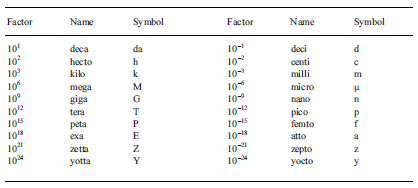Apple released the details of their iOS security and all we get from the news is crickets. Think about this a moment. We have more important information on-line then we have ever had in the history of the world. It has always been at risk and there are daily news reports of hacks, stolen credit cards, stolen data and pretty much every other kind of corporate and state espionage. This is a huge problem in modern society, this is a huge business for those trying to secure insecure systems. This is a huge problem for consumers, for corporations, and for governments. Everyone just expects everything to be insecure. It seems to me that when a solution appears that people would stand up and take notice, get excited, talk about it and be generally amazed that such a huge problem could be solved at all.
Ok, so it has to be tested, it has to be proven that it works the way they say it works. I get that, I get that we should all be skeptical. But, really we should be getting pretty excited about the benefits if this is all true. Apple has always had a pretty good security reputation, even when the competitors sling a lot of crap about them. Of course they do, because the competitors seem to have not thought about security at all.
Here is what I think is going on with Apple.
1. In 2007 they introduced iOS, a new operating system and hardware platform that is built from the ground up to be secure. It worked pretty well and a lot of bugs have been fixed since then.
2. In 2013 a new iPhone was released with a secure enclave and a finger print sensor. The sensor is used in a pretty simple way to continue to work out the bugs and make sure everything works as expected.
3. In early 2014 a security document is released that details all the different security and encryption features of the platform. Why? Why did they do this now? Why did they detail this. It is normally only a loose, loose situation when companies detail their security procedures. They either share their details with the bad guys, or they look foolish in the public eye for everything they missed or did wrong. It takes a lot of confidence to publish these kinds of details. Why, because it sets the stage for the next major industry change.
Speculation on the future:
4. In June 2014 Apple discusses the new API at their developer conference. They talk about how all transactions can be secured, how endpoints can be known and how everything works seamlessly. This kickstarts an entirely new app business. A business where everyone understands that security is now a strategic advantage for the Apple platform and that it creates a huge rush by consumers, corporations and governments to use the platform so that they can keep their secretes from their competitors, other governments and of course from the NSA.
5. In the spring of 2015 Apple announces their partnerships with retail chains and other major corporations. They offer an end to end secure payment system that does not require credit cards, just an iPhone and a fingerprint. The world goes crazy and says it can’t be done, the credit card industry sues to have it stopped, all other forms of payment collapse and by the end of the first year it become obvious that Apple just changed the world again by implementing the first secure digital payment system.
6. There’s more! In all of that everyone overlooks the fact that Apple already ships to hundreds of millions of users a non-breachable voice and video communications system. It is encrypted from end-to-end and doesn’t use the cell-service voice channel. Once again everyone that wants to have a private conversation switches to iOS. The consumers, the corporations and the governments.
7. And even more! There is now a way to sign documents electronically and guarantee the signature of the person signing it. That document can then be sent securely from person to person and not be breached by someone in the middle. Once again everyone that wants to have digital documents that are digitally signed and secured switches to iOS. The consumers, the corporations and the governments.
Perfect timing as usual. The world is pissed at the NSA, the world is scared (or should be) of Android and all of its security problems and Apple hands the world a solution to some of their biggest problems.
2001 changed the music industry, 2007 changed the phone industry, 2010 changed the computer industry, 2015 changed the payment industry.







 More info at:
More info at: 






